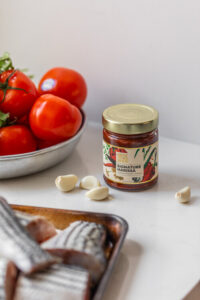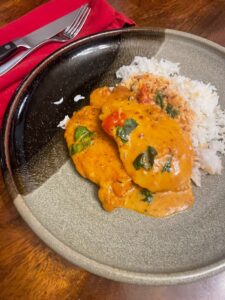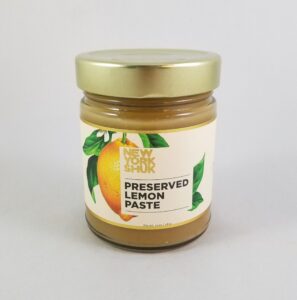From the Gallery: Shakshuka is a tradition North African dish of eggs poached in tomato sauce, peppers and spices. It is most often enjoyed as a breakfast meal but
Clay Coyote Tries Marry Me Chicken
There is a TikTok urban legend making the rounds, if you make this dish for your loved one, they’ll propose. A creamy, chickeny, love potion if you will. We’re a
New York Shuk’s Preserved Lemon Paste
Here at the Clay Coyote we love New York Shuk. We carry NYS Preserved Lemon Paste, Harissa and Ras El Hanout. New York Shuk’s Preserved Lemon Paste has been described
Top 10 most Common Questions
These are some questions we get on a daily basis either in the Gallery or online. Can Clay Coyote Flameware be used on a glass top? Clay Coyote Flameware can
How to Choose the Right Pot
All of our pots are handmade, and whatever you want to cook in them, you can. They’re designed with functionality in mind, but we encourage you to get creative. Some





